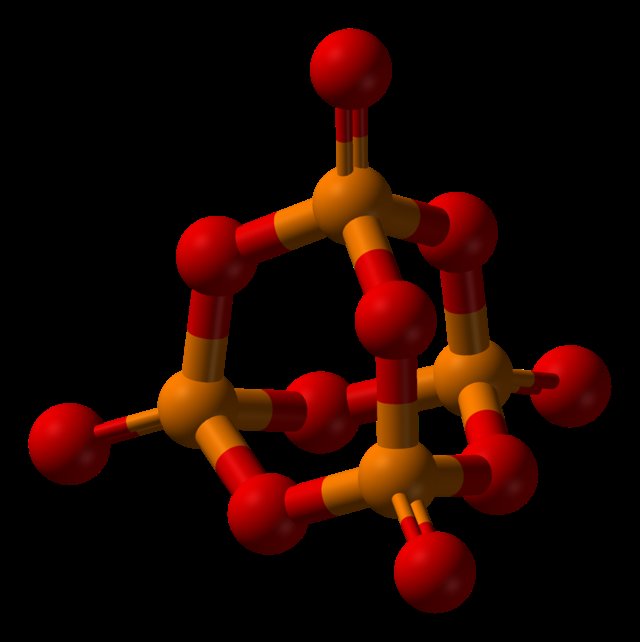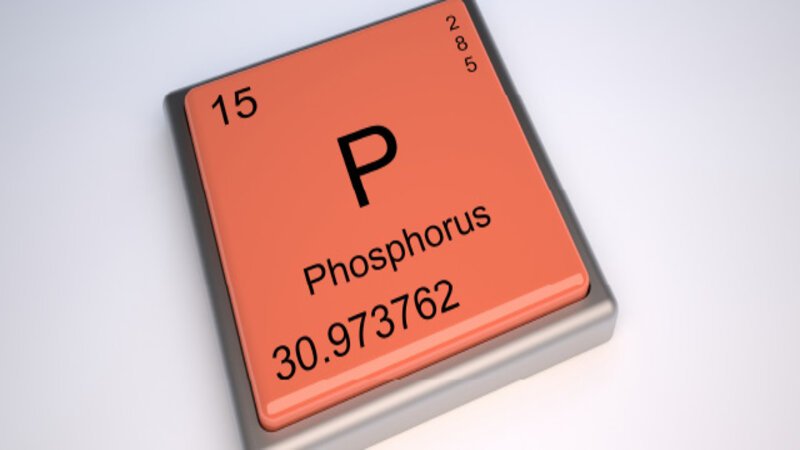Phosphorus is one of the most vital nutrients required for healthy plant growth. While many gardeners focus on nitrogen and potassium, phosphorus plays an equally crucial role in ensuring strong root systems, healthy flowering, and high crop yields. Understanding how phosphorus functions in plant nutrition and how to manage its levels effectively can significantly improve garden productivity. In this guide, we will explore the importance of phosphorus, its impact on plant health, signs of deficiency, and best practices for its sustainable use in gardening.
## The Role of Phosphorus in Plant Growth

Phosphorus is essential for plant development as it plays a fundamental role in energy transfer, photosynthesis, and the formation of DNA and RNA. Plants use phosphorus to create adenosine triphosphate (ATP), a molecule responsible for storing and transferring energy within cells. Without sufficient phosphorus, plants struggle to develop robust root systems, leading to stunted growth and poor nutrient absorption.
Additionally, phosphorus contributes to the formation of phospholipids, which are crucial components of cell membranes. These membranes facilitate nutrient transport and help plants adapt to environmental stresses. Phosphorus is also integral to protein synthesis, ensuring that plants can efficiently repair tissues and produce enzymes needed for growth.
## How Plants Absorb Phosphorus
Plants take up phosphorus in the form of phosphate ions (H2PO4- and HPO4^2-), which are available in the soil. However, phosphorus is relatively immobile compared to other nutrients, meaning that plants must develop extensive root systems to access it. This is why phosphorus is particularly crucial in the early stages of plant development when root growth is most active.
Soil pH significantly influences phosphorus availability. In acidic soils, phosphorus can bind with aluminum and iron, making it inaccessible to plants. In alkaline soils, it may react with calcium and form insoluble compounds. The optimal pH range for phosphorus uptake is between 6.0 and 7.0. Proper soil management techniques, such as adding organic matter and using amendments like compost or sulfur, can help maintain the right conditions for phosphorus absorption.
## Recognizing Phosphorus Deficiency in Plants

Phosphorus deficiency can severely impact plant growth and yield. Some common signs of phosphorus deficiency include:
– **Stunted growth** – Plants fail to develop properly, with smaller leaves and shorter stems.
– **Dark green or purple discoloration** – Lower leaves may develop a purplish hue due to the accumulation of anthocyanins.
– **Delayed flowering and fruiting** – Plants produce fewer flowers and fruits, affecting overall productivity.
– **Weak root systems** – Poor phosphorus availability results in shallow, underdeveloped roots, making plants more susceptible to drought stress.
If these symptoms appear, it is essential to test the soil and adjust phosphorus levels accordingly.
## Best Sources of Phosphorus for Your Garden
To maintain optimal phosphorus levels, gardeners can use various organic and inorganic sources. Some of the best options include:
### Organic Sources
1. **Bone Meal** – A slow-release organic fertilizer high in phosphorus, perfect for root and flower development.
2. **Rock Phosphate** – Contains natural phosphorus, but requires soil acidity to break down effectively.
3. **Compost and Manure** – Organic matter helps improve soil structure and gradually releases phosphorus over time.
4. **Fish Emulsion** – A liquid fertilizer that provides a moderate phosphorus boost along with other essential nutrients.
### Inorganic Sources
1. **Superphosphate (Single or Triple)** – A highly concentrated source of phosphorus, often used in commercial agriculture.
2. **Monoammonium Phosphate (MAP) and Diammonium Phosphate (DAP)** – Common fertilizers that provide both nitrogen and phosphorus.
While inorganic fertilizers provide immediate results, they should be used with caution to avoid over-application, which can lead to nutrient imbalances and environmental issues.
## Sustainable Phosphorus Management in Gardening

Overuse of phosphorus fertilizers can contribute to environmental problems such as water pollution and soil degradation. Here are some best practices for sustainable phosphorus management:
### 1. **Test Your Soil First**
Before applying phosphorus, conduct a soil test to determine existing nutrient levels. Many soils already contain adequate phosphorus, and excessive application can be wasteful.
### 2. **Use Organic Matter**
Incorporating compost, aged manure, and cover crops can naturally increase phosphorus availability and improve soil health.
### 3. **Apply Phosphorus Efficiently**
Phosphorus should be placed close to plant roots for optimal absorption. Banding phosphorus near seedlings or incorporating it into the soil before planting can improve uptake efficiency.
### 4. **Maintain Proper Soil pH**
Keeping soil pH between 6.0 and 7.0 ensures maximum phosphorus availability. Use lime to raise pH in acidic soils or sulfur to lower pH in alkaline soils.
### 5. **Prevent Runoff and Erosion**
Avoid applying phosphorus before heavy rainfall to prevent nutrient runoff into waterways, which can lead to algal blooms and environmental damage.
## The Impact of Phosphorus on the Environment
Excessive phosphorus application can cause eutrophication, a process where excess nutrients in water bodies lead to rapid algal growth. This depletes oxygen levels and harms aquatic life. Responsible fertilizer use and soil conservation techniques, such as mulching and no-till gardening, can help minimize phosphorus runoff and protect the environment.
## Conclusion

Phosphorus is an essential element for plant growth, playing a key role in energy transfer, root development, and flowering. Understanding its function and proper management can lead to healthier plants and increased yields. By using phosphorus efficiently and sustainably, gardeners can optimize plant nutrition while minimizing environmental impact. Whether you are growing vegetables, flowers, or fruit trees, maintaining the right phosphorus balance is a crucial step toward a thriving garden.
